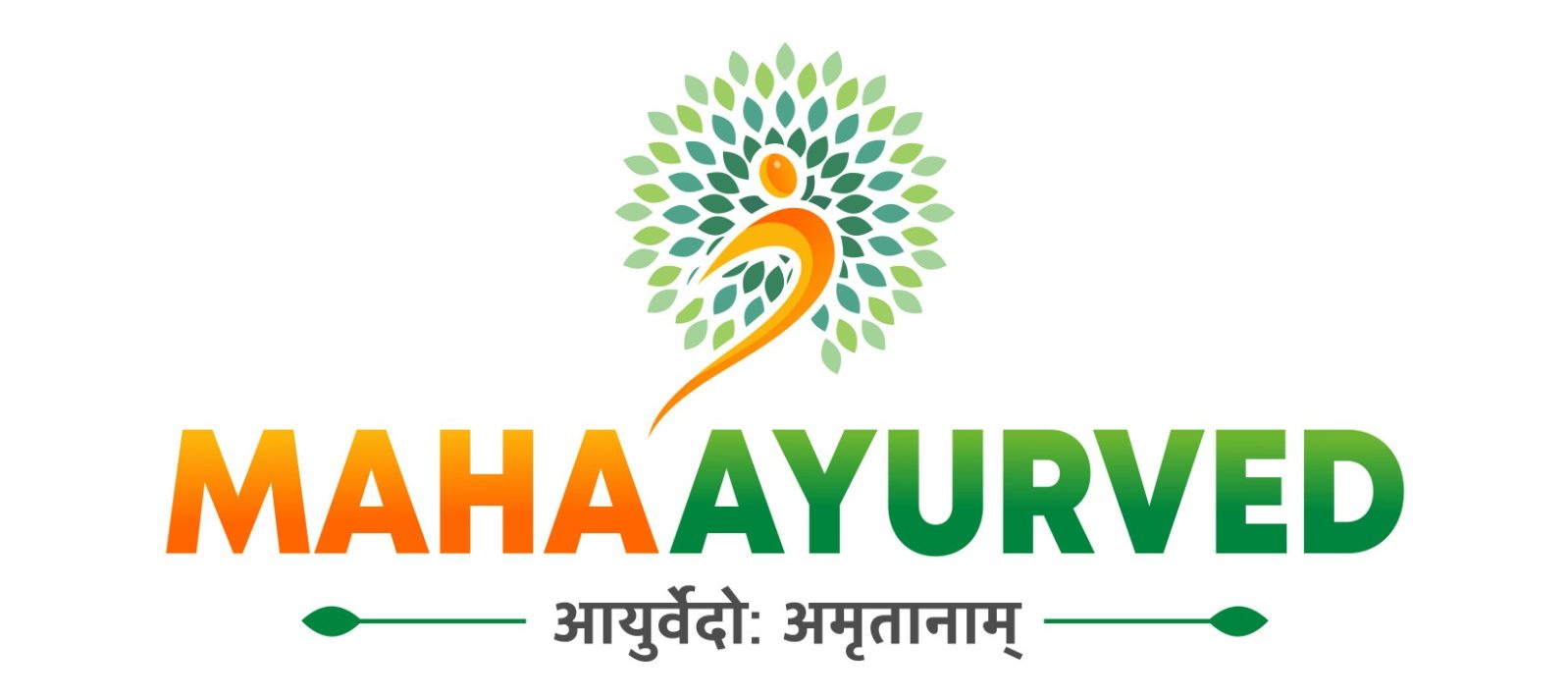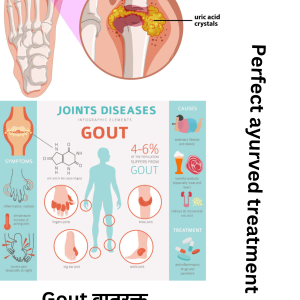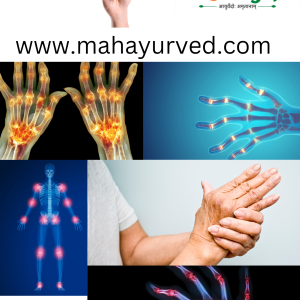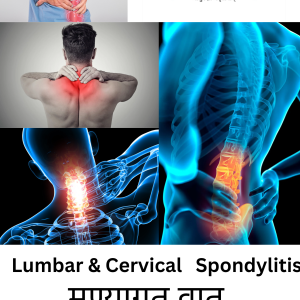Sciatica
Description
Sciatica refers to pain that radiates along the path of the sciatic nerve, which branches from your lower back through your hips and buttocks and down each leg. Sciatica typically affects only one side of your body.
Sciatica most commonly occurs when a herniated disk, bone spur on the spine, or narrowing of the spine (spinal stenosis) compresses part of the nerve. This causes inflammation, pain, and often some numbness in the affected leg. The pain can vary widely, from a mild ache to a sharp, burning sensation or excruciating discomfort. Sometimes it can feel like a jolt or electric shock.
In Ayurveda, sciatica is often correlated with “Gridhrasi,” which is considered to be caused by an imbalance of the Vata dosha, leading to compression or irritation of the sciatic nerve. Treatment in Ayurveda typically aims at balancing Vata, reducing inflammation, and relieving pain. Here are some common Ayurvedic approaches for managing sciatica:
MAHA AYURVED SCIATICA OJOREX THERAPY …DR RAVINDRA BORADE 
- Herbal Remedies:
- Ayurvedic herbs with anti-inflammatory and analgesic properties can help reduce inflammation and alleviate pain associated with sciatica. Examples include:
- Ashwagandha (Withania somnifera)
- Shallaki (Boswellia serrata)
- Guggulu (Commiphora mukul)
- Turmeric (Curcuma longa)
- These herbs can be taken internally as decoctions, powders, or tablets.
- Ayurvedic herbs with anti-inflammatory and analgesic properties can help reduce inflammation and alleviate pain associated with sciatica. Examples include:
- External Therapies:
- Localized treatments such as Abhyanga (Ayurvedic oil massage) and Pinda Sweda (herbal poultice massage) can help reduce pain, inflammation, and muscle tension in the affected area.
- Basti (medicated enema) and Kati Basti (warm oil treatment on the lower back) are specific Ayurvedic therapies that target the lumbar region and provide relief from sciatic pain.
- Ayurvedic Panchakarma:
- Panchakarma therapies, such as Basti (medicated enema) and Virechana (therapeutic purgation), may be recommended to detoxify the body, balance the doshas, and alleviate symptoms of sciatica.
- Diet and Lifestyle Modifications:
- Following a Vata-pacifying diet, which includes warm, nourishing, and easily digestible foods, can help balance Vata and support the health of the nervous system.
- Lifestyle recommendations may include practicing gentle stretching exercises, maintaining proper posture, avoiding prolonged sitting or standing, and managing stress through relaxation techniques like yoga and meditation.
- Yoga and Pranayama:
- Gentle yoga asanas (postures) and pranayama (breathwork) exercises can help improve flexibility, strengthen muscles, and alleviate compression on the sciatic nerve.
- Yoga poses such as Pavanamuktasana (Wind-Relieving Pose), Bhujangasana (Cobra Pose), and Setu Bandhasana (Bridge Pose) may be beneficial for individuals with sciatica.
-






Reviews
There are no reviews yet.